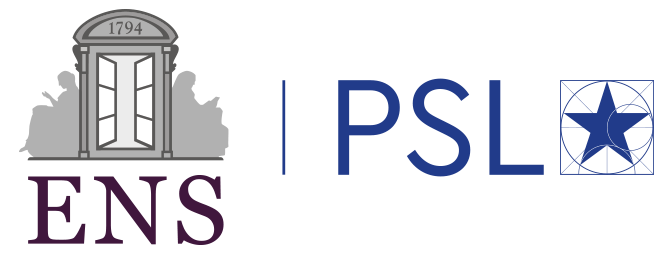Domaines
Condensed matter
Low dimension physics
Quantum information theory and quantum technologies
Type of internship
Expérimental Description
Superconducting quantum circuits, recently recognized by the Nobel Prize in Physics, open up a fascinating field of research for studying and manipulating quantum phenomena at the macroscopic scale. Over the past few decades, these circuits have enabled the creation and control of superconducting qubits, the fundamental building blocks of quantum information. They have made it possible to perform circuit quantum electrodynamics (cQED) experiments, where light and matter interact in a fully quantum manner. However, most of these experiments, based on Aluminium, Aluminium Oxide materials, operate in the microwave frequency range (a few GHz). Recent work has shown that materials such as niobium (Nb) and niobium nitride (NbN) can be used to design resonators and qubits operating at much higher frequencies >100GHz, while many condensed matter excitations — such as plasmons in GaAs quantum wells or magnons in ferromagnetic materials — occur at much higher frequencies, in the sub-THz range (energies on the order of meV). During this internship, you will learn how to model and characterize high frequency superconducting resonators. The PhD funding is available through an ANR project.
Contact
Alexis Jouan
